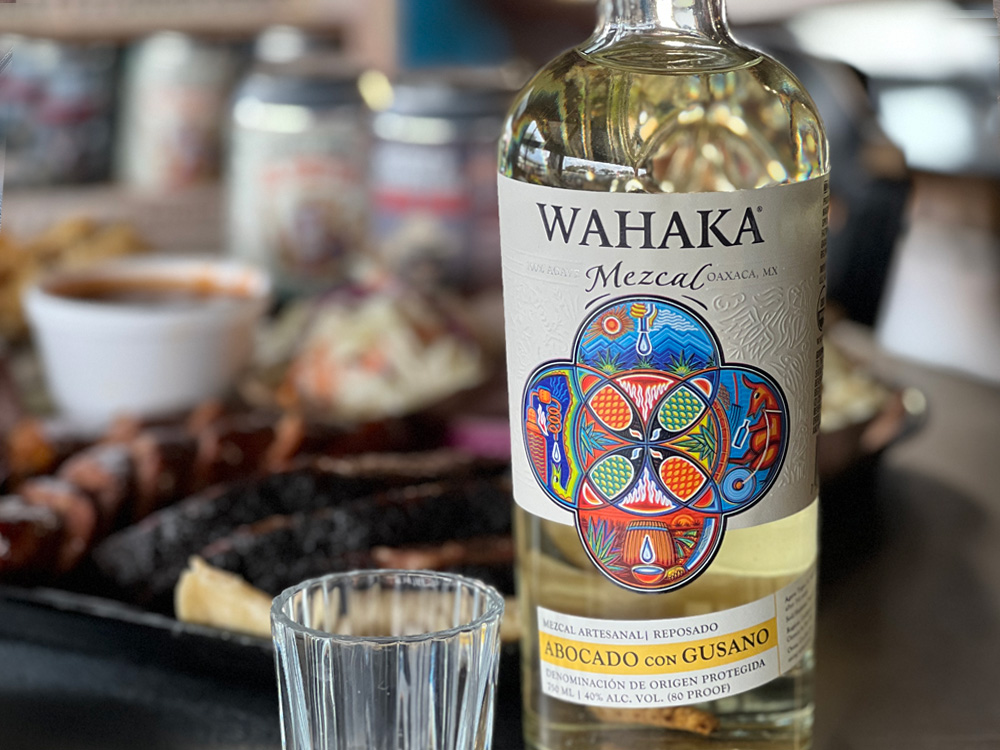THE ONLY THING THAT STAYS THE SAME HERE IS CHANGE
WORDS BY NATHAN MATTISE

Photo by Gardopia Gardens
With everything happening at Gardopia Gardens on the Eastside of San Antonio, it’s hard to believe the organization only turns 10 next May. The nonprofit, founded by CEO Stephen Lucke, can be described as a community garden, farmer’s market, nutrition and agriculture advocacy organization, conference organizer, and even garden media producer. Yet, ask anyone working in or attending local schools about Gardopia, and they’d likely use another description: educator.
Before founding Gardopia in 2015, Lucke and Gardopia have worked with San Antonio students from the beginning — Lucke was volunteering to teach gardening, sustainability, and healthy habits to students while in college before he started his organization in 2015. Given the scope of Gardopia’s mission, the school initiatives had to start small. In 2015–2016, Gardopia had three partnering schools, a number that steadily grew until Gardopia secured its first USDA grant in 2022. After that financial boost, the organization started working with more than 40 schools and hired Gardopia’s first chief learning officer, Sherry Lim. By the end of the 2024–2025 school year, Lucke says the goal is to partner with nearly 75 schools across 11 districts.
“We’ve really created an industry that didn’t exist in San Antonio — garden-based learning,” Lucke says. “There are an organization or two; Texas A&M AgriLife and the Bexar County Master Gardeners have been doing this, but the model isn’t quite the same. Between 2012 and 2015, there may have been a school garden or two, but it wasn’t really thriving. Now, school gardens are really a thing. That’s a success; we’re changing an ecosystem.”
Gardopia primarily works with K-12 students, with a focus on the elementary grades. When the organization partners with a school, it commits for the entire academic year, creating an experience that is more impactful than one afternoon of planting. Class times vary but range from 30 to 90 minutes (longer times are for field camps) and involve hands-on learning, such as building garden beds, planting and harvesting.
Lucke says Gardopia visits partner schools at least once a month but most weekly. “So, for a monthly school, that’s nine times a year and, weekly, it’s 30 times,” he says. “We usually work with multiple classes too—at minimum, we’ll do two classes back-to-back. At some schools like Young Women’s Leadership Academy, we work with over 10 classes a week.”
Over the past decade, the Gardopia team has developed a 15-unit curriculum. All of Gardopia’s primary staff members have backgrounds in sciences, so the units feature evidence-based practices and a focus on STEM. Topics range from basics such as garden design and construction to more granular subjects like soil science, irrigation, budgeting and marketing.
“We take students through a succession [of topics] and tie it to essential knowledge and skills,” Lucke explains. “It’s stuff they’re learning in the classroom when we’re not there and topics they get tested on in the STAAR test. So this is real experiential learning and students retain the knowledge because it’s all hands-on. The kids love it. They want to get outside because they’re inside most of the time.”
Even with this year’s increase in scope, Lucke and Gardopia aren’t done. As a macro-goal, Lucke wants Gardopia to inspire and create the next generation of diverse, young farmers. He notes the average age of a farmer in the U.S. is around 58 and that about 97 percent of agricultural land is owned by Caucasians. Gardopia recently earned another USDA grant that will fund the creation of a video version of their curriculum. More schools, whether around San Antonio or elsewhere, will soon be able to grow minds as fast as Lucke grows gardens.
“We just want more capacity to help San Antonio be healthy,” he explains. “We’re one of the least healthiest regions, South Central Texas. We don’t have mountains, so we can’t go hiking. We don’t have beaches, so we can’t go swimming. We don’t have bike lanes. So what can San Antonio do to be healthy? Everyone here can garden, I’m a firm believer in that. If we can get those in every neighborhood, school, or church, the sky’s the limit to turn this around.”
San Antonio is already known as a foodie town, Lucke concurs, but perhaps it’s time we focus on foods we can cultivate ourselves. No one’s suggesting we get rid of tacos and barbecue, but there is certainly plenty of room to grow.
“Let’s grow some cilantro, let’s grow some peppers, let’s get goats and make some goat cheese in San Antonio,” Lucke continues. “Are we where we need to be? Not yet, but we’re headed in the right direction.”
To learn more, visit gardopiagardens.org.
About the Contributor
Nathan Mattise (@nathanmattise) is always working to perfect his sourdough bagels. He also enjoys bocce, amaro, road trips, and a good playlist.






